Harnessing Dashboard Repair Collision Data for Service Excellence
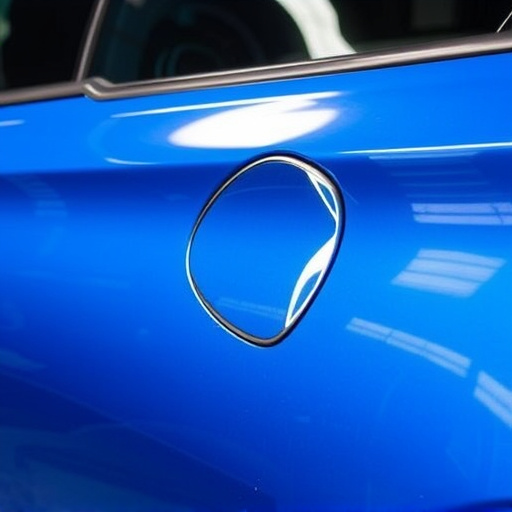
Dashboard repair collision data empowers auto body shops to enhance service quality by identifying p…….
In an era where technological advancements are reshaping our daily lives, the concept of ‘dashboard repair collision’ has emerged as a critical aspect of modern transportation. This term encapsulates the intricate relationship between vehicle dashboards, their repair processes, and the broader implications for safety, efficiency, and user experience. The dashboard, once a simple instrument panel, has evolved into a complex interface teeming with sensors, displays, and connectivity options. Understanding how these components interact and the challenges associated with their repair is paramount as we navigate an increasingly digital automotive landscape.
This comprehensive article delves deep into the world of dashboard repair collision, exploring its various facets and implications on a global scale. By examining historical developments, economic influences, technological innovations, and regulatory frameworks, we aim to provide readers with a holistic understanding of this dynamic field. Moreover, through case studies and insights into future trends, we will highlight the potential for growth and the strategic considerations shaping the industry’s trajectory.
Dashboard repair collision, in its essence, refers to the process of restoring or replacing damaged or malfunctioning dashboard components, ensuring optimal functionality and user safety. The dashboard, a staple in modern vehicles, serves as the central command center, housing various functions such as speedometer, fuel gauge, navigation systems, entertainment controls, and more recently, advanced driver-assistance systems (ADAS).
The core components involved in dashboard repair collision include:
The evolution of dashboards can be traced back to the early 20th century when simple analog instruments were used to display vital vehicle information. Over time, technological advancements led to more sophisticated dashboard systems with the introduction of digital displays, advanced graphics, and integrated infotainment. This transformation mirrored the broader trend in consumer electronics, bringing automotive interiors closer to our everyday digital experiences.
Dashboard repair collision gained prominence as vehicles became increasingly complex, integrating more sensors, cameras, and software modules. The rise of autonomous driving technologies and connected cars further complicated the landscape, requiring specialized skills and tools for repair and maintenance. Today, a skilled dashboard technician is equipped to handle not just mechanical repairs but also intricate software updates and diagnostic testing.
Dashboard repair collision is a global phenomenon, with varying degrees of impact and unique trends across regions. The international automotive industry’s dynamics play a significant role in shaping the demand for dashboard repair services. Here’s an overview:
| Region | Trends and Insights | Market Dynamics |
|---|---|---|
| North America | High adoption of advanced driver-assistance systems (ADAS) and electric vehicle (EV) growth. | Strong market for specialized dashboard repair tools and training due to stringent safety standards. |
| Europe | Stricter emission norms and focus on sustainability drive demand for efficient, eco-friendly dashboards. | Rapidly growing market for connected car services and software updates, impacting traditional repair methods. |
| Asia Pacific | Massive automotive manufacturing base with a focus on affordability and mass adoption of technology. | Diverse market needs, from basic dashboard repairs to cutting-edge ADAS integration. |
| Middle East & Africa | Increasing wealth and urbanization driving demand for premium vehicles with advanced dashboards. | Growing need for specialized services, particularly in the luxury and high-end vehicle segments. |
These regional variations highlight the diverse nature of the dashboard repair collision market, influenced by factors such as regulatory frameworks, consumer preferences, and technological trends. As global markets become more interconnected, best practices and innovative solutions are shared across borders, fostering a dynamic and competitive industry.
The economic aspects of dashboard repair collision are multifaceted, impacting both the automotive industry and the broader economy. Understanding market dynamics is crucial for stakeholders, from manufacturers to service providers and policymakers.
Dashboard repair collision contributes to economic systems through:
Technological advancements have been a cornerstone of dashboard repair collision, revolutionizing how we interact with vehicles and shaping the future of transportation. Here’s an exploration of some significant developments:
Modern dashboards are equipped with a myriad of sensors that monitor various vehicle systems. These include accelerometers, gyroscopes, temperature sensors, and more, all contributing to improved safety and efficiency. Advanced diagnostic tools enable technicians to identify issues accurately, ensuring timely repairs. For example:
The digital transformation has extended to dashboards, enabling software updates and remote access through over-the-air (OTA) technologies. This development offers numerous advantages:
AI and ML are revolutionizing dashboard repair collision by enabling predictive maintenance and advanced diagnostic capabilities:
The rise of connected cars has interconnected vehicles with the internet and other devices, opening new avenues for dashboard repair collision:
The dashboard repair collision industry is subject to various policies and regulations that govern its operations, ensuring consumer safety, environmental sustainability, and fair business practices. Here’s an overview of key considerations:
Despite the significant advancements and opportunities in dashboard repair collision, the industry faces several challenges and criticisms that require strategic solutions:
Tesla, the electric vehicle (EV) pioneer, has showcased the power of software updates in dashboard repair collision. Through over-the-air (OTA) updates, Tesla offers regular feature enhancements and bug fixes for its infotainment system. This approach allows owners to access new functionalities without costly physical visits, demonstrating a customer-centric repair model.
Lessons Learned:
Volvo, renowned for its commitment to safety, has implemented advanced dashboard systems that go beyond traditional repair collision. Their City Safety system uses cameras and radar to detect potential collisions, automatically applying brakes if necessary. This proactive approach to safety significantly reduces the severity of accidents and the need for extensive repairs.
Lessons Learned:
Toyota, a global automotive giant, has implemented a robust aftermarket support system that includes specialized training programs and accessible parts for independent repair shops. This strategy ensures that consumers have options beyond dealership repairs, fostering competition and potentially lower service costs.
Lessons Learned:
The dashboard repair collision industry is poised for significant growth and transformation as technology continues to evolve. Here are some potential areas of focus and emerging trends:
As autonomous driving technologies mature, dashboards will play an even more critical role in vehicle safety and user experience. Advanced driver-assistance systems (ADAS) will become standard features, requiring seamless integration with vehicle networks. This trend presents challenges for technicians, who must stay updated with the latest technologies and safety standards.
The convergence of IoT and dashboard repair collision opens new avenues for data-driven insights. By analyzing vast amounts of vehicle data, manufacturers can identify trends, improve designs, and offer predictive maintenance services. This shift will demand robust cybersecurity measures to protect sensitive data.
Environmental considerations will remain a priority, driving the adoption of sustainable practices in dashboard repair collision:
With advancements in AI and ML, dashboards will offer increasingly personalized experiences. From customized settings to voice-activated interactions, these features enhance user satisfaction and accessibility. The challenge lies in ensuring data privacy while delivering tailored experiences.
Dashboard repair collision is a dynamic industry at the intersection of technology, safety, and consumer experience. As vehicles evolve from mechanical to highly technological machines, the role of technicians and repair shops becomes increasingly complex and critical. Embracing technological advancements, addressing skills gaps, and prioritizing consumer trust will be key to shaping a successful future for this industry.
Through continuous innovation, collaboration between manufacturers, regulators, and service providers, and a focus on sustainable practices, dashboard repair collision can meet the demands of an ever-changing automotive landscape. As we move towards autonomous driving and connected cars, the industry’s ability to adapt and deliver reliable, safe, and personalized experiences will be its ultimate measure of success.

Dashboard repair collision data empowers auto body shops to enhance service quality by identifying p…….
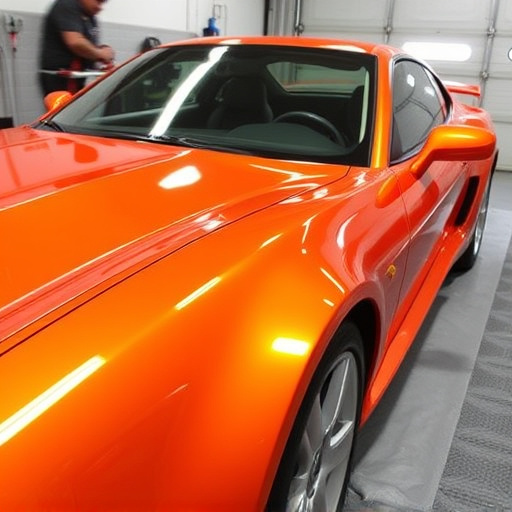
Dashboard Repair Collision is a strategic approach for body shops to boost customer retention by off…….
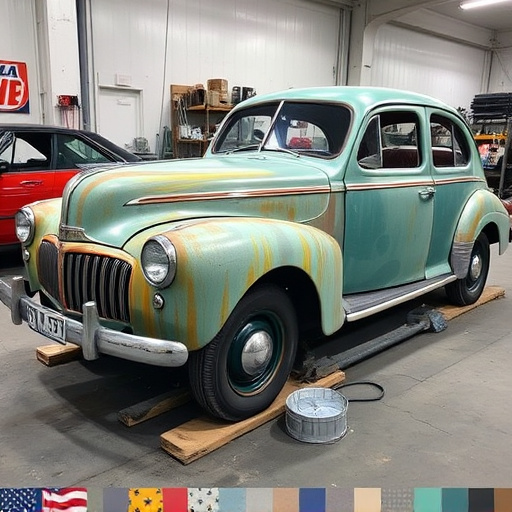
Dashboard repair collision processes involve multi-step assessments and specialized tools to restore…….
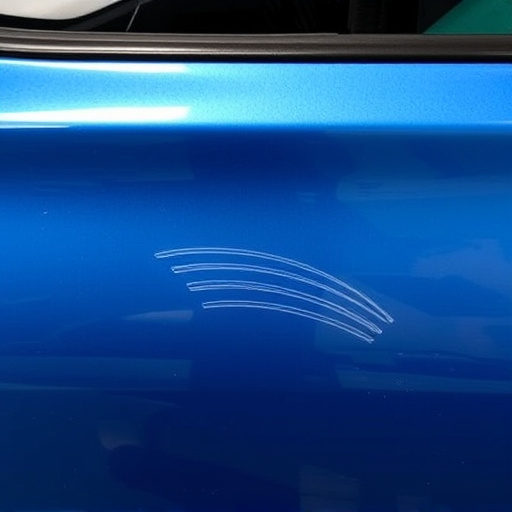
Dashboard repair collisions impact cost management with varying expenses based on damage severity. E…….

Dashboard repair collision cases demand meticulous detail and specialized knowledge due to integrate…….
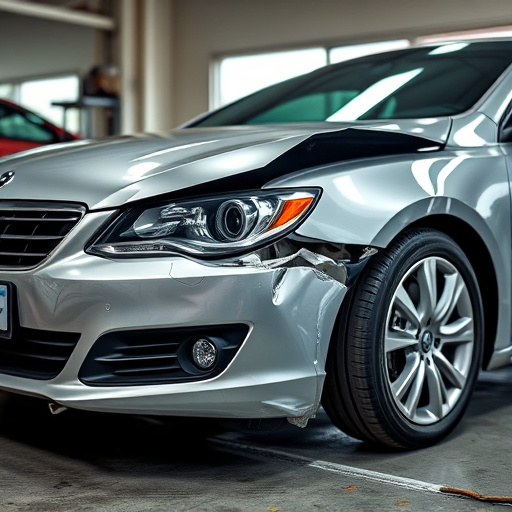
Mastering dashboard repair collision cases builds customer trust by ensuring accurate part replaceme…….
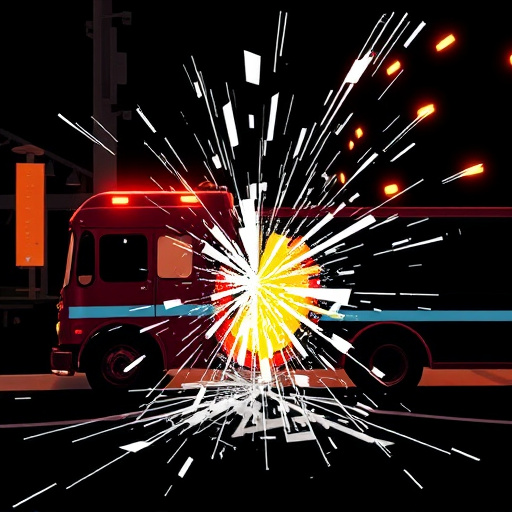
Dashboard repair collisions pose significant costs due to hidden electronic complexities in modern v…….
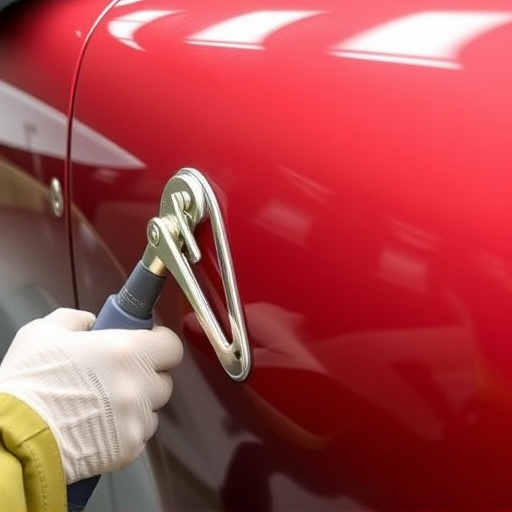
In the digital age, technology revolutionizes dashboard repair in collision centers. Advanced softwa…….
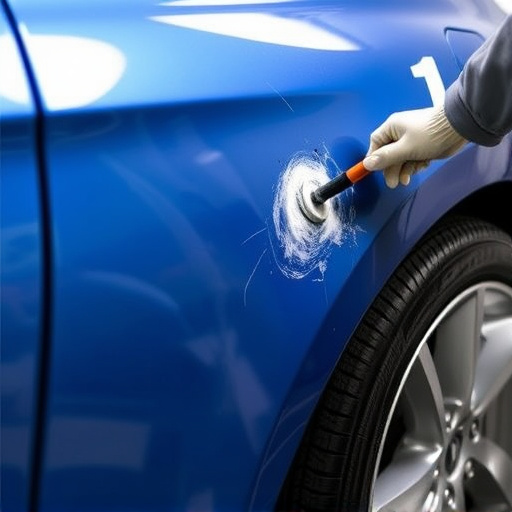
Dashboard repair collision management is crucial for auto businesses, focusing on tech, staff traini…….

Dashboard repair collision services address unique challenges of vehicular collisions. Skilled techn…….